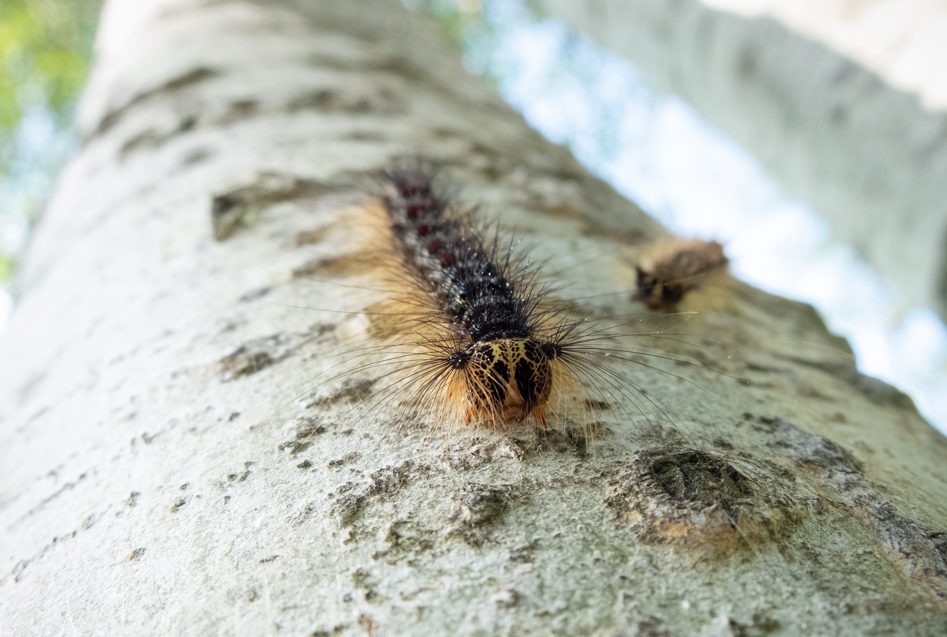WELLINGTON COUNTY – A report providing information on cost-effective methods for managing infestations of LDD moths has been prepared by county planning staff.
Last May, with residents across the county struggling under a serious infestation of the tree-damaging pests, county planning committee chair Alan Alls presented notice of motion calling on county staff to investigate “the safety, practicality and costs” of aerial spray prior to the next annual infestation.
While the idea of a wide-scale spraying program met with considerable opposition, staff was directed to investigate options for dealing with the moths and the damage they cause.
Alls said signs point to another infestation this year of LDD (lymantria dispar dispar), formerly referred to as European gypsy moths.
“It looks like this spring will bring them on,” said Alls at the Feb. 24 county council meeting.
The report from planning and environment manager Meagan Ferris provided information on two common methods for managing the moth on private property, a burlap banding method and manual scraping of egg masses.
The report also provides an update on the county’s information webpage regarding LDD moths as well as the monitoring of the county forest tracts.
The county has launched an information webpage about the moth species to provide an educational resource for county residents.
The webpage, which can be found under resident services at wellington.ca, includes information about the moth, including the various life stages; identifying features of the insect throughout its life; and what can be done on private property, including instructions for using the burlap banding and manual scraping methods.
The webpage also includes links to additional education resources from the federal and provincial governments and Ontario’s Invading Species Awareness Program, as well as access to tools for identifying a tree species and searching for arborists.
The report notes staff have reviewed the existing forest management plans for all 11 of the county-owned forest tracts. The review aimed to identify tracts most susceptible to infestation and/or defoliation from LDD moths.
“All of the tracts contain tree species that are either preferred or intermediate hosts; however, there are three tracts that may have higher susceptibility than others,” states Ferris in the report, noting that monitoring of the tracts will continue.
Councillor Doug Breen thanked staff for their efforts in compiling the report.
“It’s something that I’m concerned about and I know many other land owners are concerned about,” said Breen.
“I wouldn’t feign to know what the answer is, so I’m glad to see some opinions coming forward.”
Councillor David Anderson said, “We’re going to have this problem probably for the next few years.
“So if we can nip it in the bud eventually, we can probably get a handle on it.”




